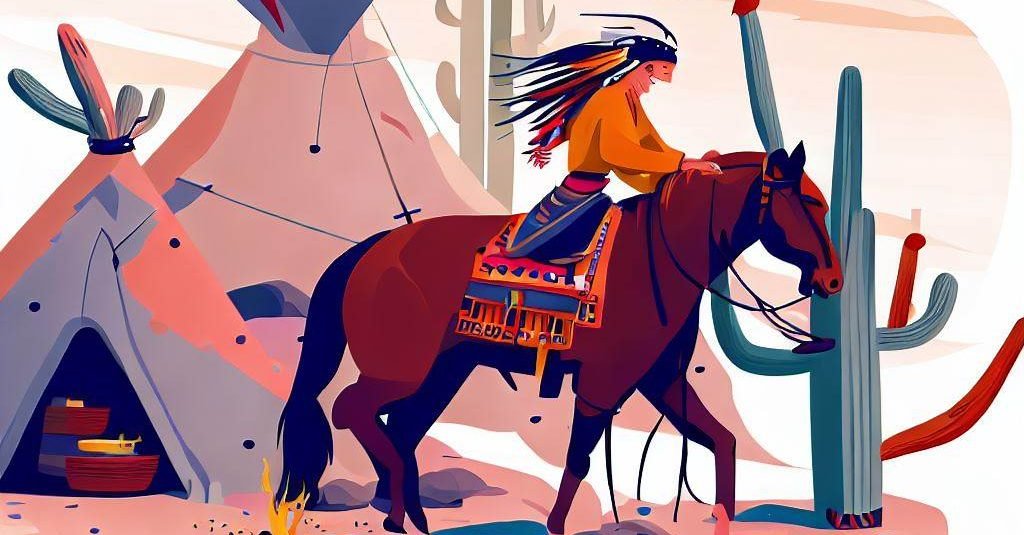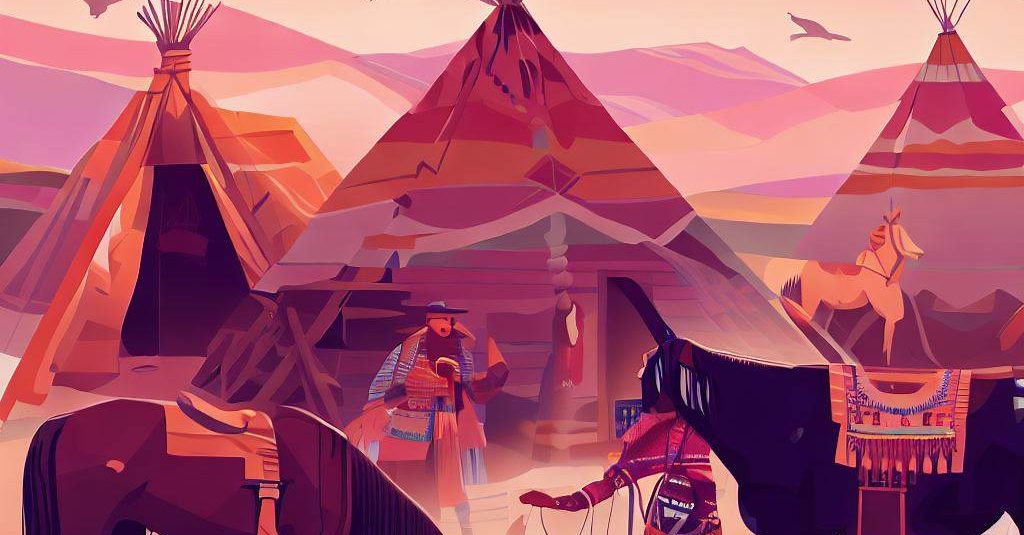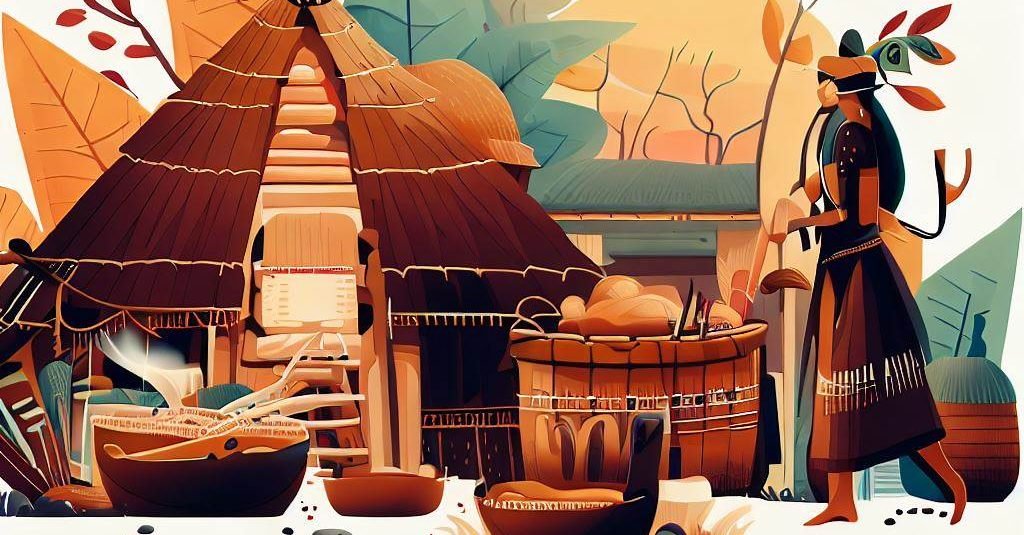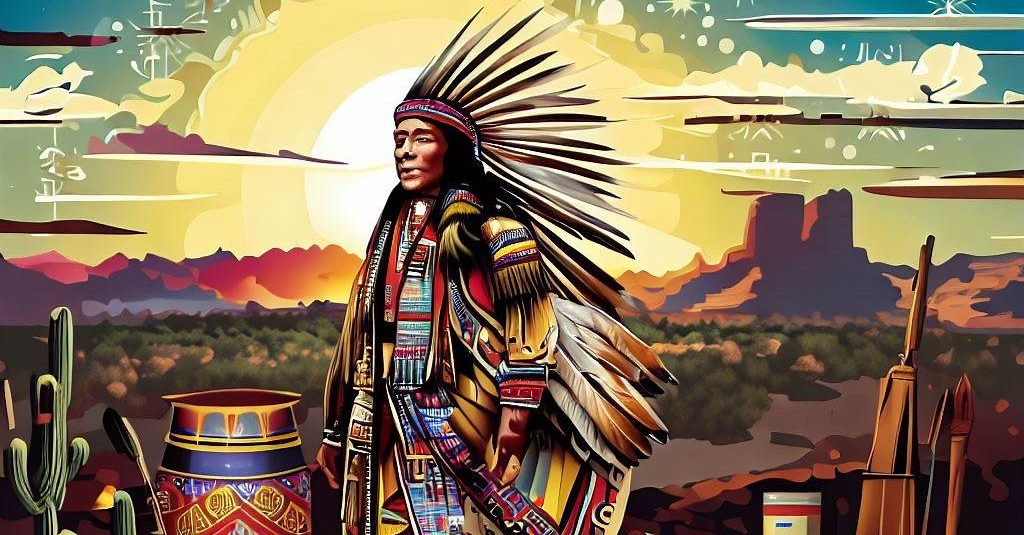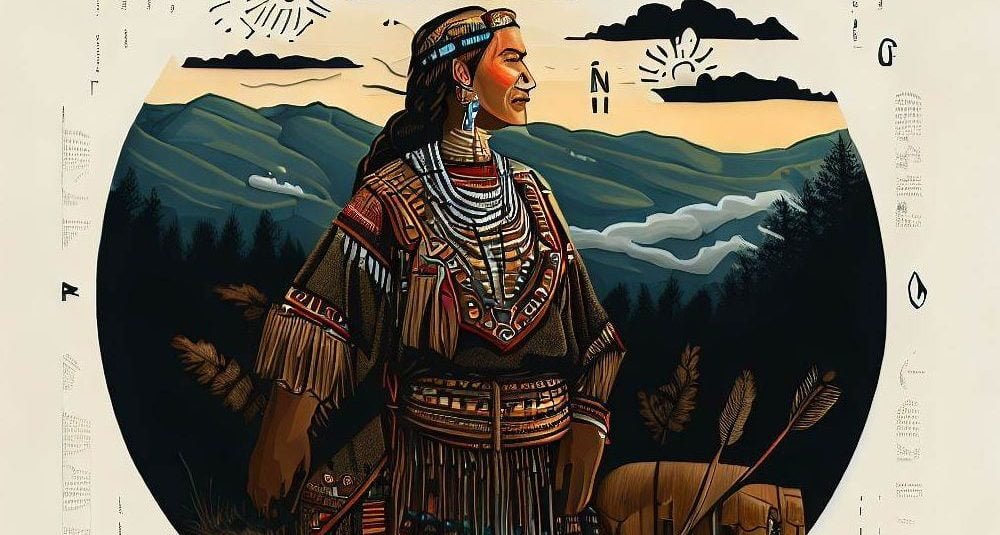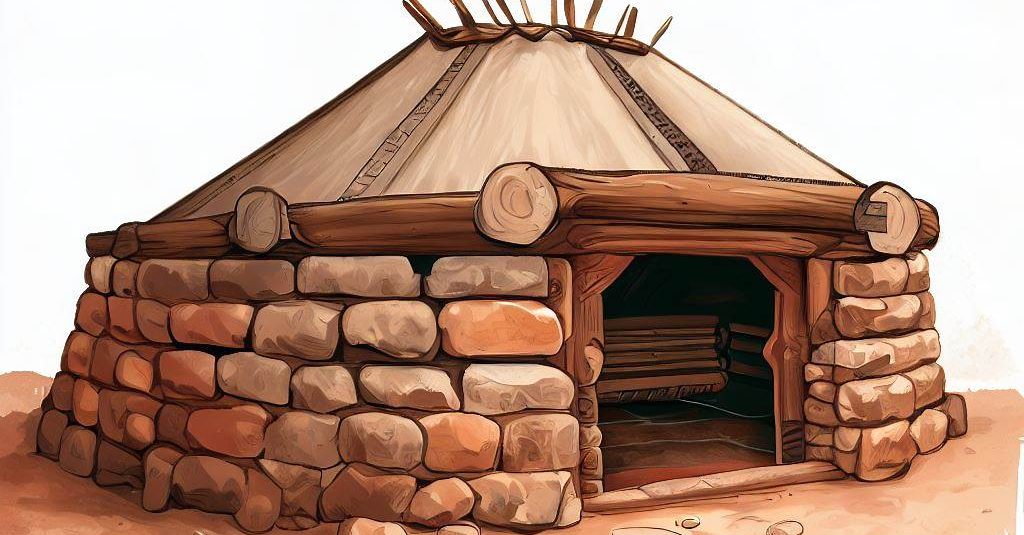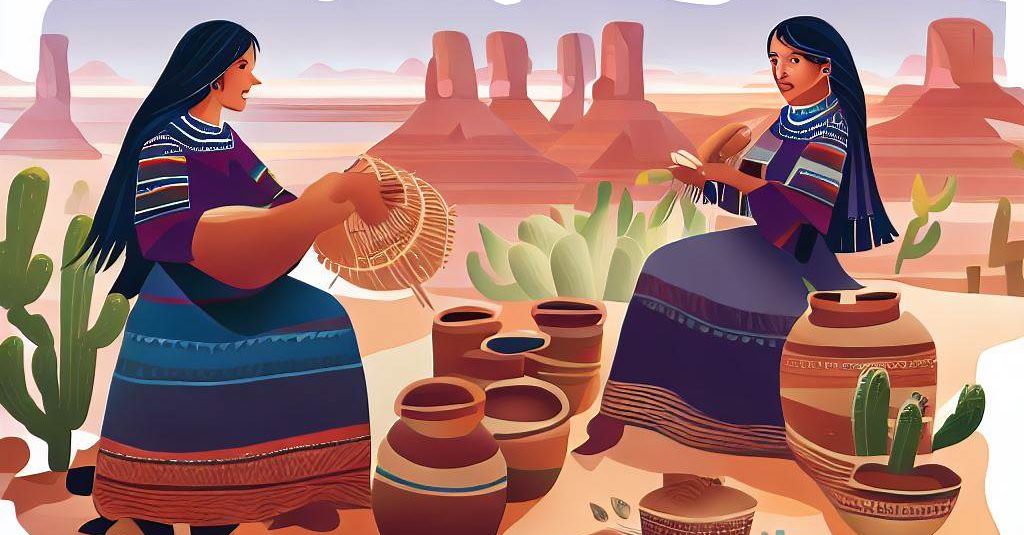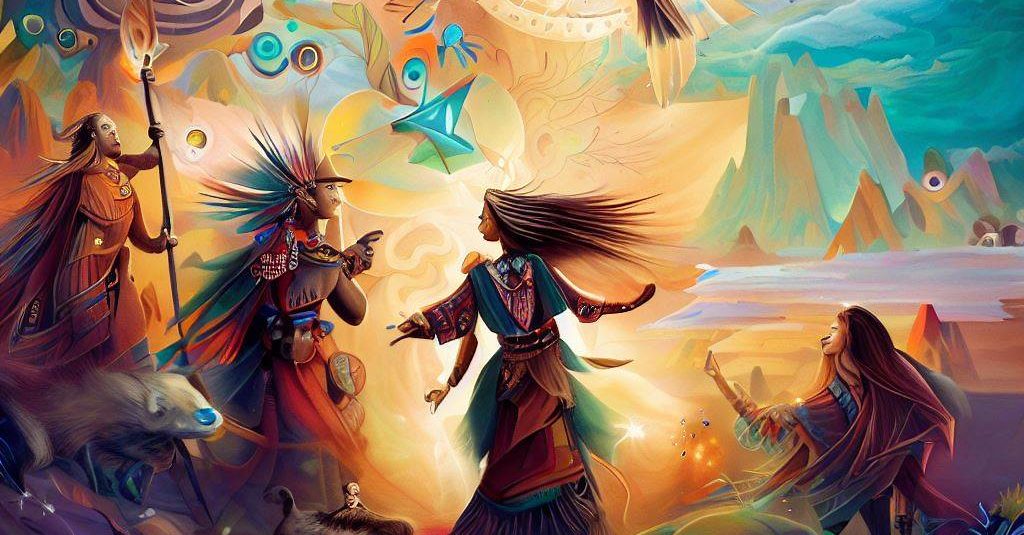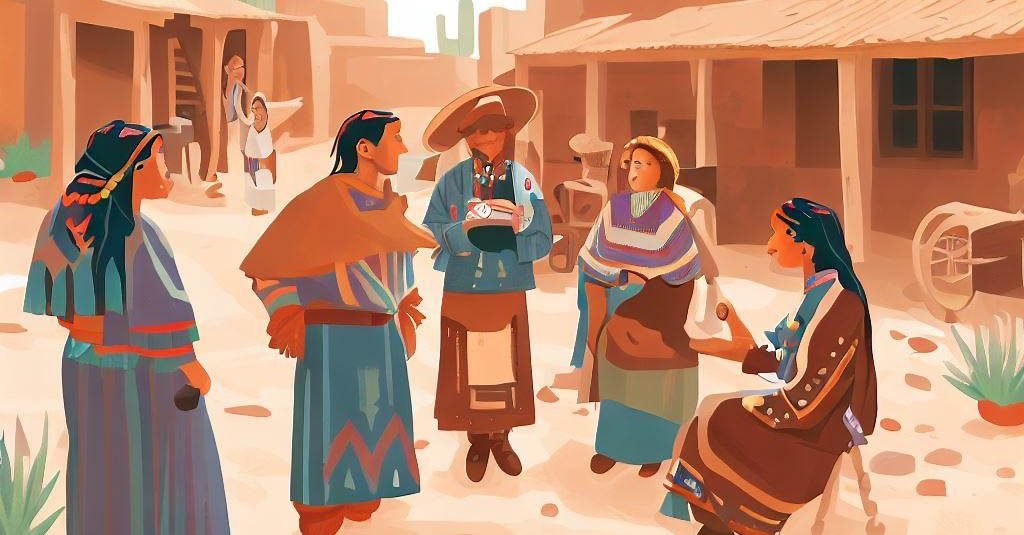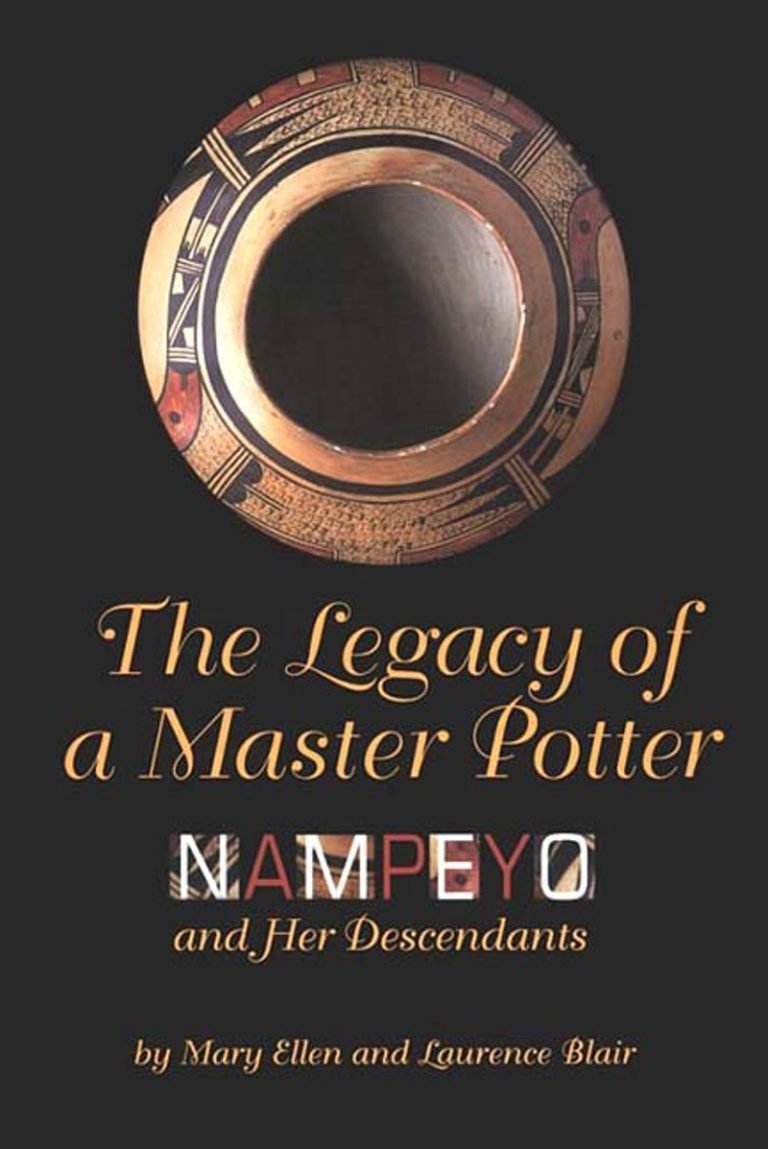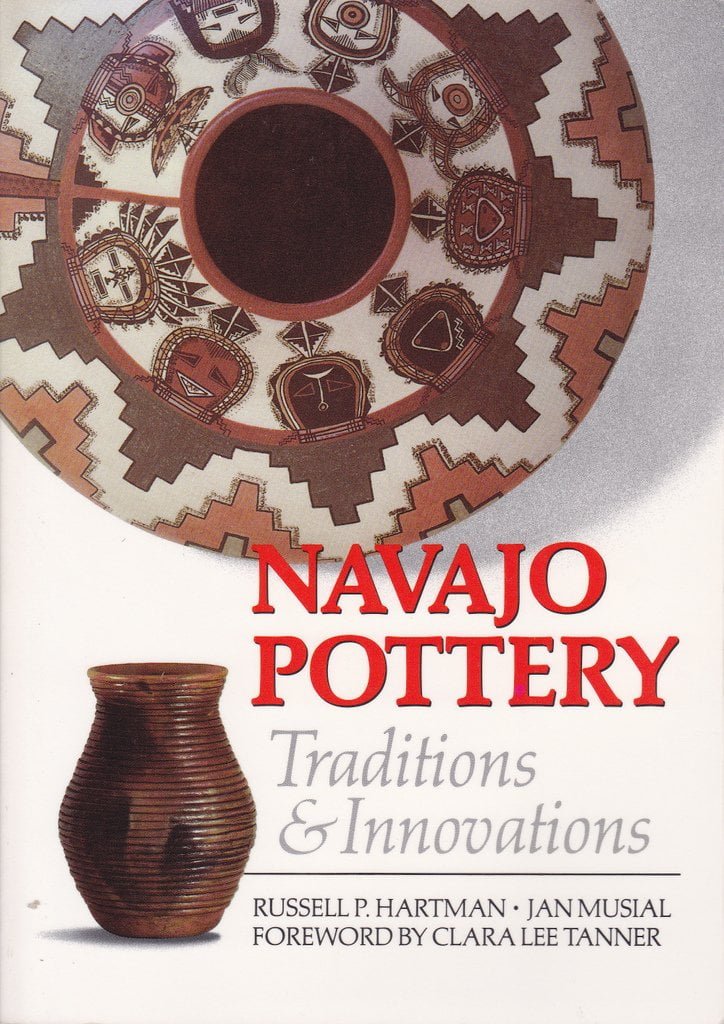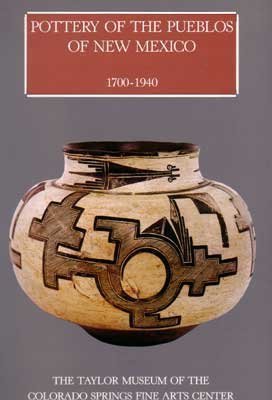Welcome to People of One Fire, a platform dedicated to providing insightful and engaging content on Native American cultural issues, with the goal of uniting us all as people of one fire. Our mission is to offer a comprehensive understanding of the diverse histories, cultures, languages, legends, art, and other aspects of the various American and Canadian indigenous communities. By emphasizing the intersections and interconnectedness of these tribes, we strive to create a space that fosters unity, respect, and appreciation for the rich heritage of Native peoples.
Latest Content
The Chiricahua Apache
The Chiricahua Apache are a Native American tribe known for their fierce resistance against colonial powers, their strong connection to their ancestral lands, and their rich cultural heritage. This article explores the interconnected history, culture, and society of the Chiricahua Apache, highlighting the tribe’s notable leaders, their interactions with neighboring tribes and peoples, and their ongoing struggles in the modern era.
Geronimo and the Chiricahua Apache
This article delves into the life of Geronimo, the legendary Chiricahua Apache warrior and leader. It explores his fierce resistance against Mexican and U.S. forces during the Apache Wars, highlighting key events, his remarkable skills, and the cunning tactics that earned him a reputation as a fearless and resourceful fighter. Discover the hardships Geronimo faced, his eventual surrender, and the impact of his legacy on both Native American history and American culture.
Cherokee Culture
The Cherokee people have a rich and diverse culture, deeply rooted in the interconnected histories and experiences of Native Americans. This article aims to explore various aspects of Cherokee culture, highlighting the unique artistic, spiritual, and linguistic traditions that define the Cherokee Nation. It will also discuss the significance of interactions with other tribes, European colonizers, and the impact of historical events, such as the Trail of Tears, in shaping the development of Cherokee culture.
A Comprehensive Apache History
The Apache history is a fascinating tale of perseverance and flexibility exhibited by several interrelated Native American tribes over centuries. From their early days of wandering to their challenges encountered during colonization and their subsequent revival in modern times, the Apache people have shown remarkable resilience. This article delves into the historical timeline of the Apache people, emphasizing significant moments and cultural practices that molded their unique identity. Additionally, we scrutinize their relationships with other tribes and societies, illuminating how these connections played a crucial role in their growth and evolution.
Uncovering the Legacy of the Apache People
The Apache people are a Native American tribe that has inhabited the Southwest United States for thousands of years. With a rich history, diverse cultures, and unique traditions, the Apache have much to offer in terms of understanding the complexities of indigenous life in North America. This article seeks to provide a comprehensive examination of the Apache, their history, culture, and interactions with other tribes and cultures, while addressing the gaps found in previous research.
A Comprehensive Cherokee History
The Cherokee people are an indigenous group native to the southeastern United States, with their traditional homelands spanning what is now North Carolina, South Carolina, Georgia, Alabama, and Tennessee. This article aims to provide a comprehensive understanding of the Cherokee history, origins, cultural practices, and their ongoing struggle for sovereignty, incorporating both indigenous and European perspectives.
The Navajo Hogan
Explore the rich history and cultural significance of the Navajo hogan, a unique architectural structure deeply rooted in Navajo tradition. This article delves into the evolution of hogan designs, the construction process using natural materials, and the symbolism inherent in these dwellings. Learn how the hogan continues to play a vital role in modern Navajo culture and understand its connections to the broader Native American experience, including interactions with other tribes and the influence of ancestral Puebloan architecture.
The Navajo Early History
The Navajo people, also known as the Diné, have a rich and complex history that predates Spanish colonization in the 1500s. Their origin story and early history provide valuable insights into their cultural heritage, values, and the interconnected experiences of Native American tribes in the region. In this article, we will delve into the Navajo origin story, drawing on archaeological evidence and oral traditions to shed light on their early history and interactions with other tribes in the Southwest.
Navajo Origin Story
The Navajo origin story is an intricate and multifaceted narrative that not only explains the creation of the Navajo people but also serves as a foundation for their cultural, spiritual, and social beliefs. The story encompasses a series of complex events and characters that traverse different realms of existence, from the First World to the emergence into the Fourth World, where the Navajo people currently reside. This article delves into the Navajo origin story, examining its themes, characters, and the significance of these elements in the broader context of Native American history and interconnectedness.
The Diné Language – Navajo
The Diné language, also known as Navajo, is a prominent indigenous language spoken by the Navajo people in the southwestern United States. As a key member of the Athabaskan language family, Diné boasts a rich linguistic and cultural heritage that has played an essential role in shaping the Navajo people’s history and identity. This article aims to provide an in-depth examination of the Diné language, its features, development, and connections with other Native American languages and cultures.
Categories
Date Archives
Book Reviews
Wisdom Sits in Places
In Wisdom Sits in Places: Landscape and Language Among the Western Apache, anthropologist Keith H. Basso takes the reader on a fascinating journey through the rich inventory of place-names surrounding the town of Cibecue, Arizona. By delving into the landscape and the Apache language, Basso unveils the deep connections between…
Navajo Mountain and Rainbow Bridge Religion
Navajo Mountain and Rainbow Bridge Religion, written by Karl W. Luckert, is the first volume in the American Tribal Religions Series, published by the Museum of Northern Arizona in 1977. In this fascinating work, Luckert explores the religious significance of the Rainbow Bridge rock formation and Navajo Mountain, as well…
The Navaho
The Navaho by Clyde Kluckhohn and Dorothea Leighton is an authoritative and comprehensive study of the Navaho Indians, offering insights into their history, culture, and the challenges they face today. Lauded for its interdisciplinary approach and sympathetic, unbiased perspective, this book is a valuable resource for those interested in the…
The Legacy of a Master Potter: Nampeyo and Her Descendants
“The Legacy of a Master Potter: Nampeyo and Her Descendants” is a comprehensive study of the life and work of Nampeyo, a Hopi-Tewa potter who lived in Arizona. The book is written by Mary Ellen Blair and Laurence Blair and is the result of over 20 years of research. The…
Navajo Pottery: Traditions and Innovations
“Navajo Pottery: Traditions and Innovations” is an insightful monograph that delves into the history, decline, and subsequent revitalization of the Navajo pottery tradition. The book, published by Northland Press in 1987, is authored by Russell P. Hartman, Jan Musial, and Stephen Trimble, with Hartman providing the text, Trimble contributing the…
The Pottery of the Pueblos of New Mexico, 1700-1940
“The Pottery of the Pueblos of New Mexico, 1700-1940” is an insightful and comprehensive examination of the pottery traditions of the Pueblo people of New Mexico. Jonathan Batkin, the author and a renowned scholar in the field, presents a detailed analysis of the historical, cultural, and artistic contexts of Pueblo…

